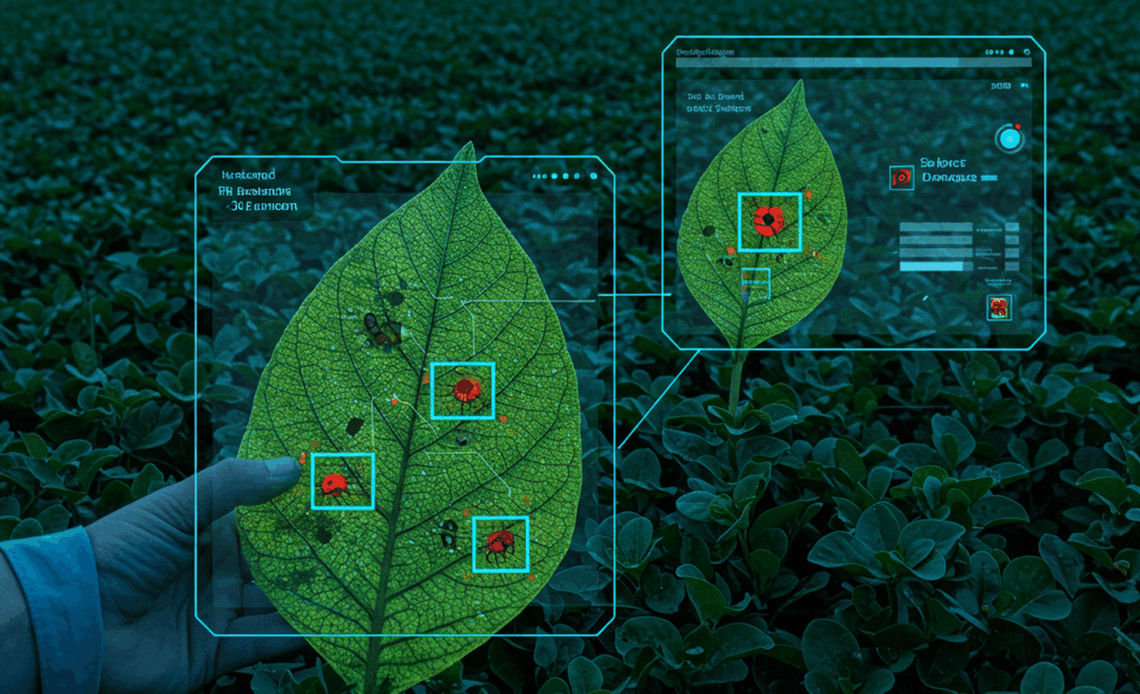
Artificial Intelligence is revolutionizing agriculture from the ground up — starting with the health of a single leaf. By leveraging annotated visual data and advanced algorithms, AI empowers farmers to make faster, more accurate, and sustainable decisions throughout the crop lifecycle.
🔍 Transformative Applications in Modern Farming
- 🌿 Leaf Disease Detection & Classification: High-resolution imagery enables AI systems to detect early signs of disease, classify infection types, and recommend timely interventions — reducing crop loss and boosting plant health.
- 🌾 Seed Germination & Quality Analysis: AI evaluates seed viability and growth potential, ensuring only the best-quality seeds make it to the field, thereby improving yield outcomes.
- 🐛 Pest Identification: Object detection models can identify and localize pests and their damage using bounding boxes, helping in precise, targeted pesticide application.
- 🌡️ Crop Health Monitoring: AI continuously tracks crop conditions, identifying stress signals such as discoloration, nutrient deficiency, or water shortage — enabling preemptive action.
- 🛰️ Precision Agriculture via Drone Imaging: Drones capture real-time aerial data, which AI interprets to map field variability, monitor crop progress, and optimize input use.
📊 How AI Learns from the Field
AI systems in agriculture are trained using diverse data annotation methods, such as:
- Image Classification: Categorizing images by disease type, pest presence, or crop stage.
- Object Detection: Marking visible issues like pest infestations or damaged areas using bounding boxes.
- Semantic Segmentation: Mapping specific areas of interest — such as diseased leaf portions or canopy coverage — down to the pixel level.
- Time-Series Analysis: Tracking plant growth and environmental trends over time for long-term predictions and planning.
💡 The future of farming lies in intelligent, sustainable, and scalable solutions. With the power of annotated agricultural data and advanced AI algorithms, farmers can increase productivity, minimize losses, and cultivate healthier crops — one leaf at a time.


